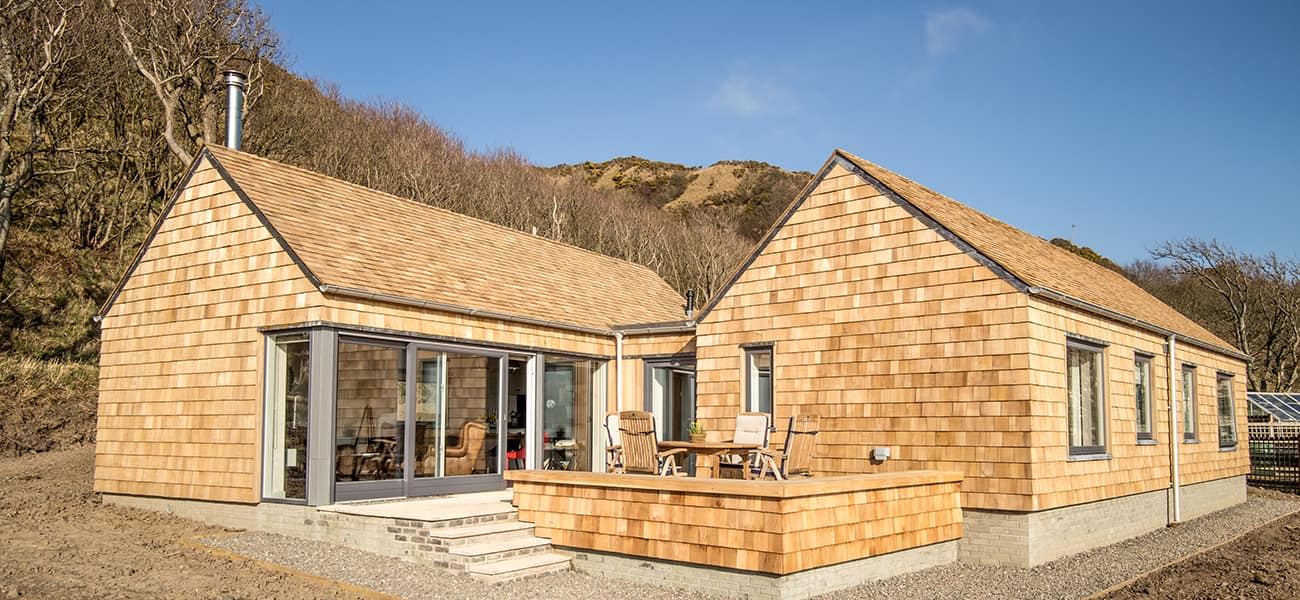Individual components vs complete roof system specification
 If individual components are chosen as part of a roofing system, the task of collating information on each product, checking for installation guidelines and potential compatibility conflicts can become onerous and time consuming. Not only does this make the project logistics and procurement more challenging, but it also makes it more difficult for the specifier to assess the potential risks associated with the chosen design.
If individual components are chosen as part of a roofing system, the task of collating information on each product, checking for installation guidelines and potential compatibility conflicts can become onerous and time consuming. Not only does this make the project logistics and procurement more challenging, but it also makes it more difficult for the specifier to assess the potential risks associated with the chosen design. This is not the case when specifiers take a system approach as the manufacturer of the complete roof system has effectively already carried out that risk assessment for the specifier. Testing ensures all parts of the system are compatible with each other and will create a pitched roof that delivers the performance as designed. The roof system is also backed up by the manufacturer's guarantee plus support from the technical team who provide a single point of contact for the specifiers.
Let’s look at some of the benefits of specifying a complete roof system.
Roof system specification - Ease of design
Re-using specifications that have worked in the past for new projects is relatively common, however, in the case of pitched roofing, it is important to consider a new roofing specification every time. This ensures that changes in standards or products are captured and that any designs meet the performance requirements of current building regulations. One of the easiest ways to do this is to get the manufacturer of a roofing system involved early in the project. Using this method, free design and specification support about tried and tested systems is available to help to meet the project demands, and comply with the required regulations and standards. This includes the creation of the fixing specification bespoke to that system. This avoids the risk of a potentially unsuitable generic fixing specification, being used by the roofing contractor.Roof system specification - Compatibility and performance
Using a complete roof system brings the reassurance that each component of the design is compatible and will work together to deliver the expected performance. Whilst selecting individual components from different manufacturers may also produce a roof that appears to meet the project requirements, it lacks conviction when put up against a proven roofing system. It also increases the possibility that value engineering using generic products will occur. If ungraded (or part graded) battens are used which do not meet the BS 5534 criteria they may lack the necessary strength and stiffness required for roofing, which could compromise the long-term structural integrity of the roof (as well as increasing the risk of accidents when used as footholds by the roofer). Equally, if an inadequate underlay is used as the sole means of ventilation, it can cause condensation issues to appear within the roof in particular with new houses, which can sometimes take months to fully dry out.Using a complete roof system approach to designing pitched roofs gives reassurance that the key performance areas such as wind uplift resistance, waterproofing, structural integrity and ventilation will deliver as designed and help to design out risk in the process. It also reduces the chances that the specification will be subject of product substitutions, where performance of the system as a whole, can be compromised.
Roof system specification - Guarantees
Using a complete roof system where all the elements have been designed and tested to work together means that a longer and more detailed guarantee can be offered by the manufacturer when compared to a pick and mix specification from several manufacturers.
The Marley roof system
All the elements of the Marley Roof System come from the same source and are designed, selected and tested to ensure that they work together in perfect harmony.
Contact our team for more details on our roof system, or for a more in-depth look into roof system specification download our white paper ‘Design, Risk and Liability – designing out risk in pitched roofing’ here.
Disclaimer - The information shared in this blog is correct at the time of publication. Guidance, standards, and best practices may change over time, so if you’d like further clarification or the latest updates, please get in touch with the Marley Technical Advisory Team, who will be happy to help.
Category: Roofing